-
 © Classic & Sports Car
© Classic & Sports Car -
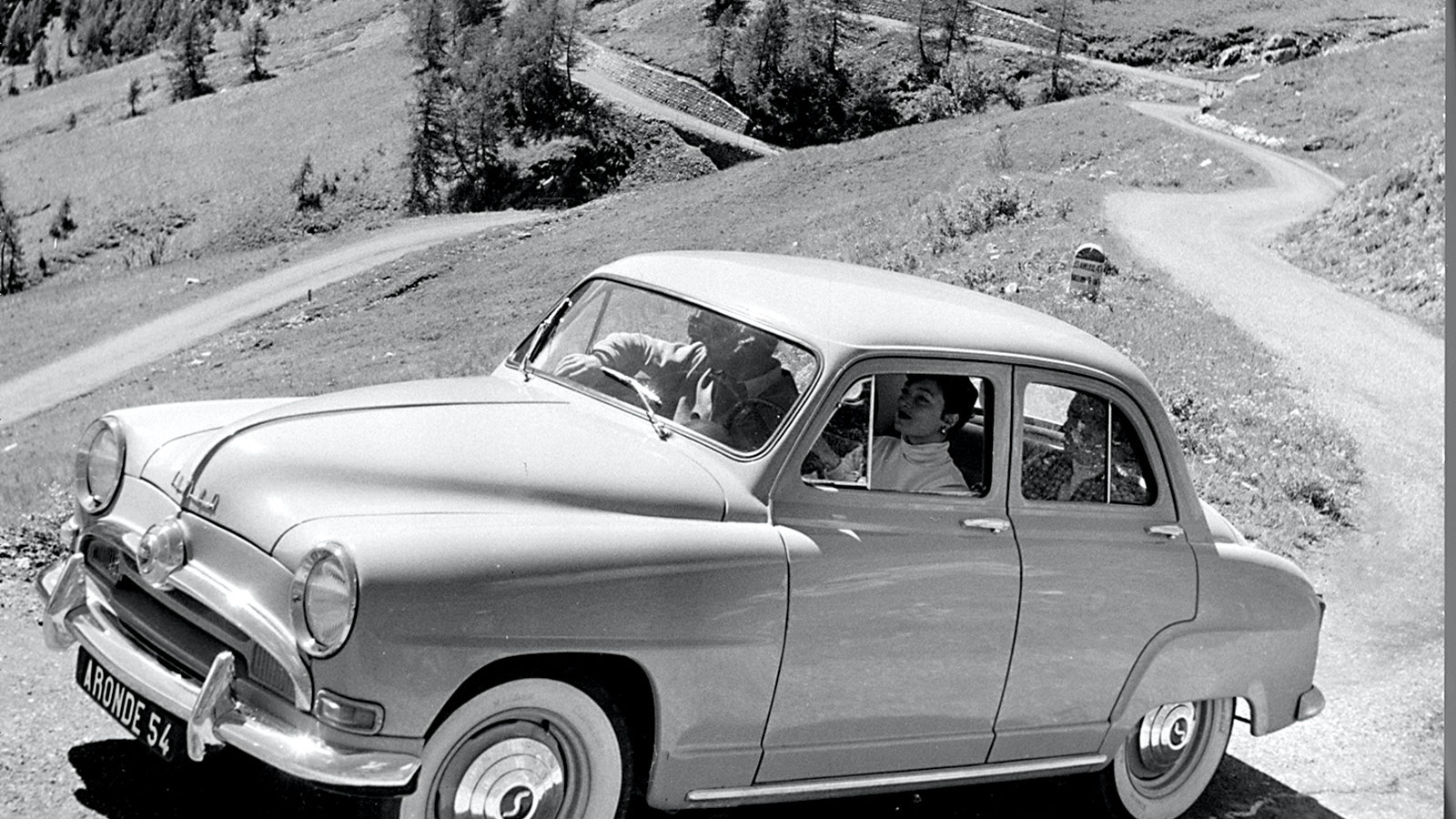 © Classic & Sports Car
© Classic & Sports Car -
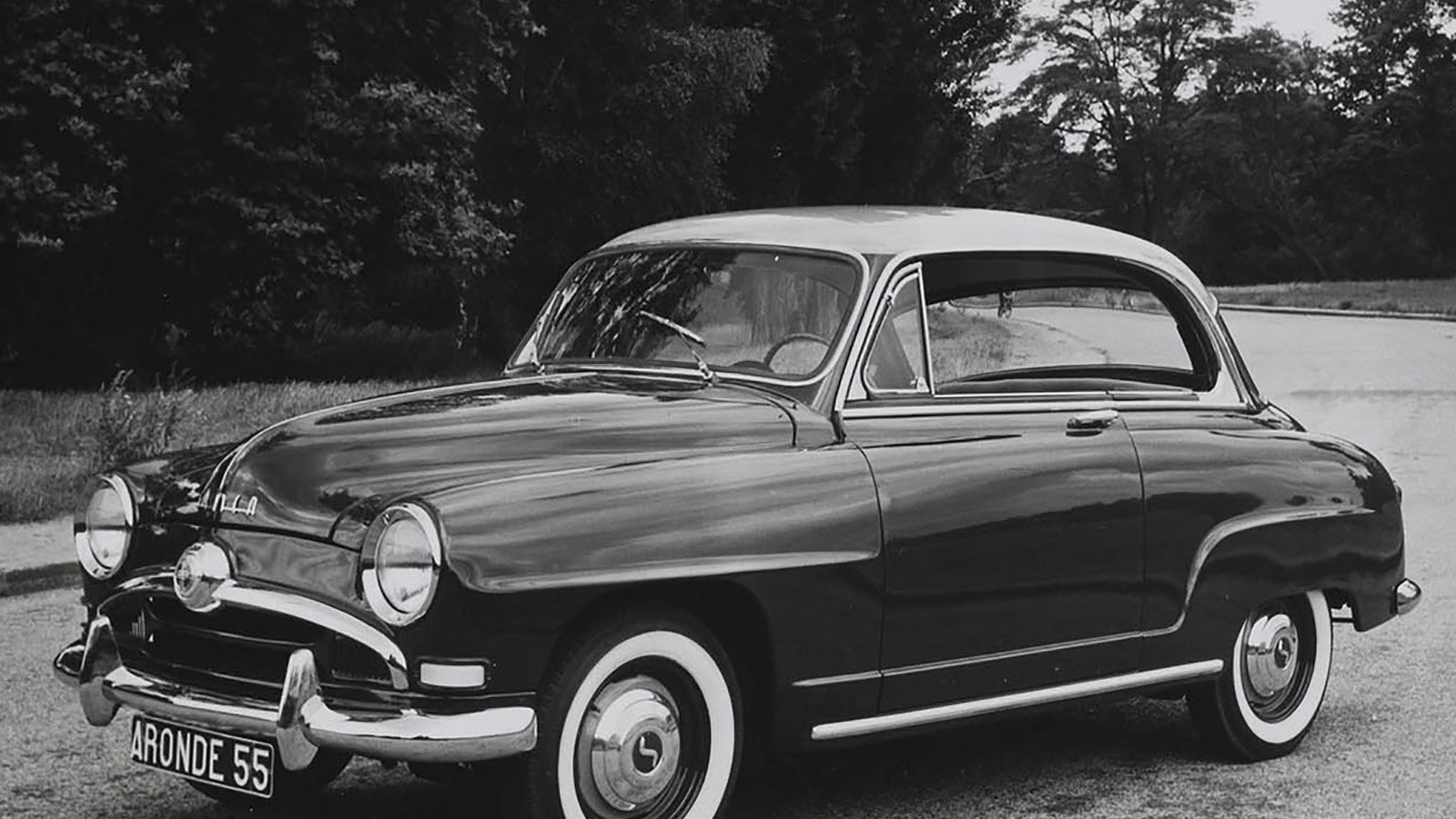 © Simca
© Simca -
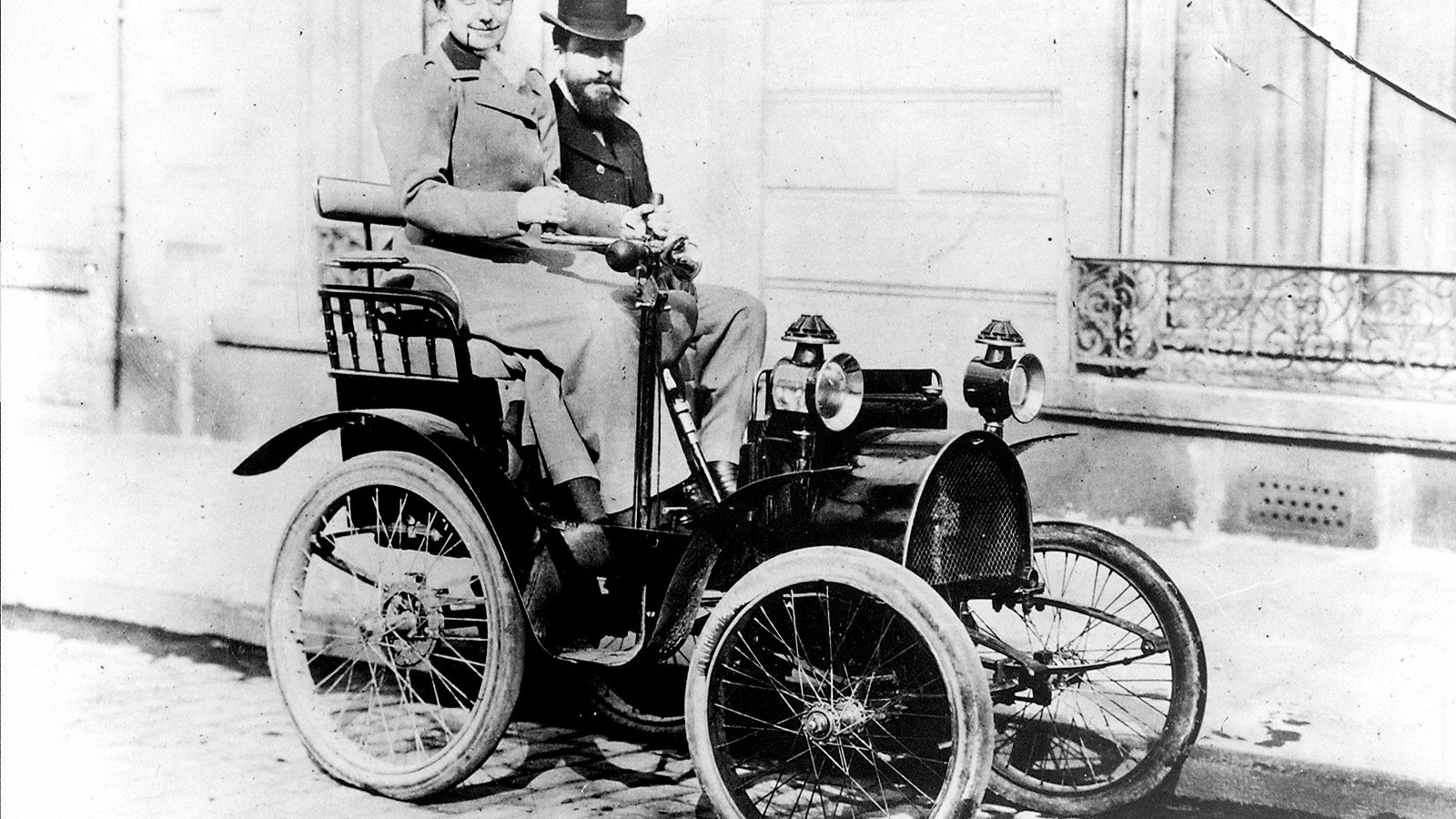 © Renault
© Renault -
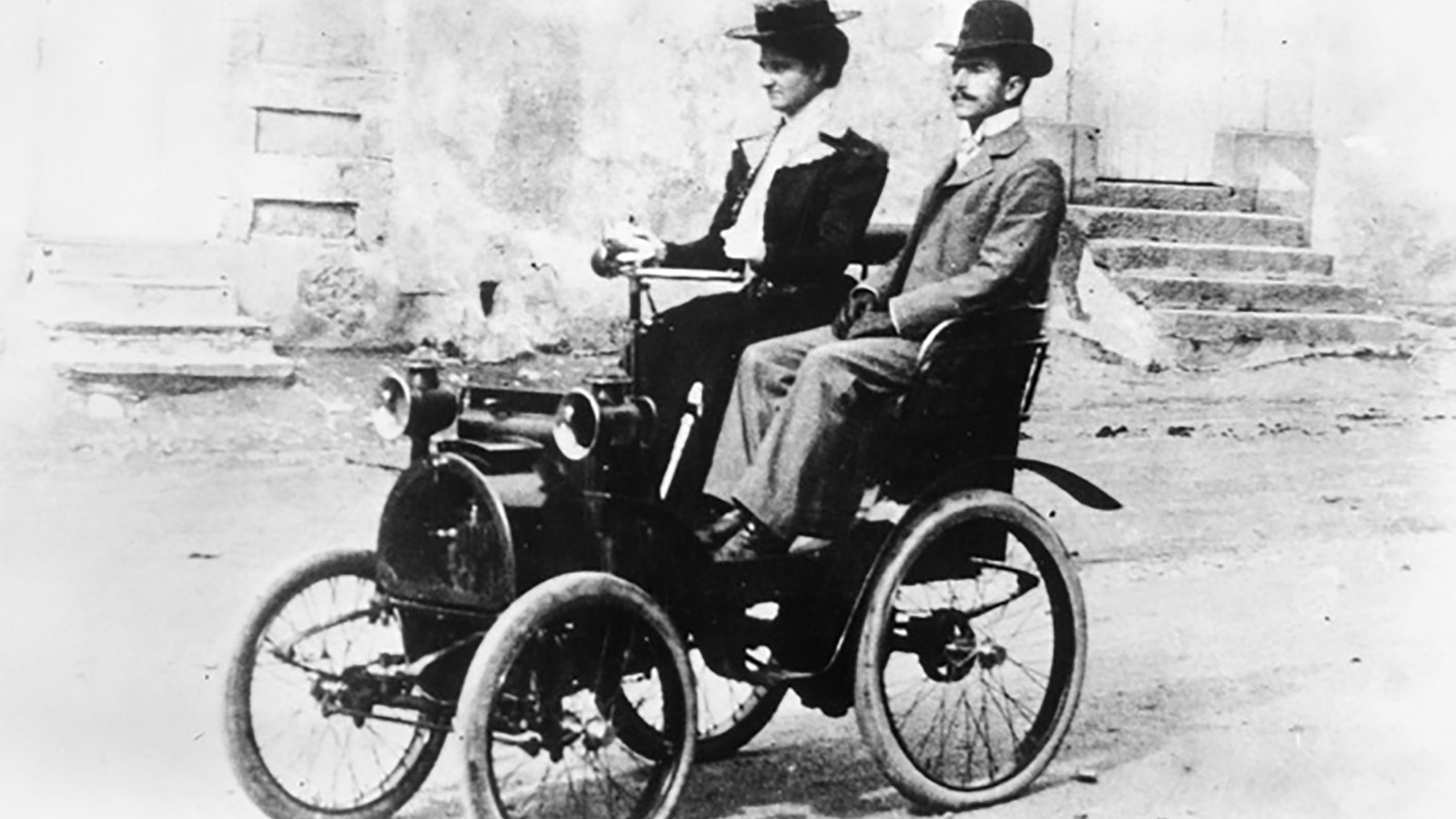 © Renault
© Renault -
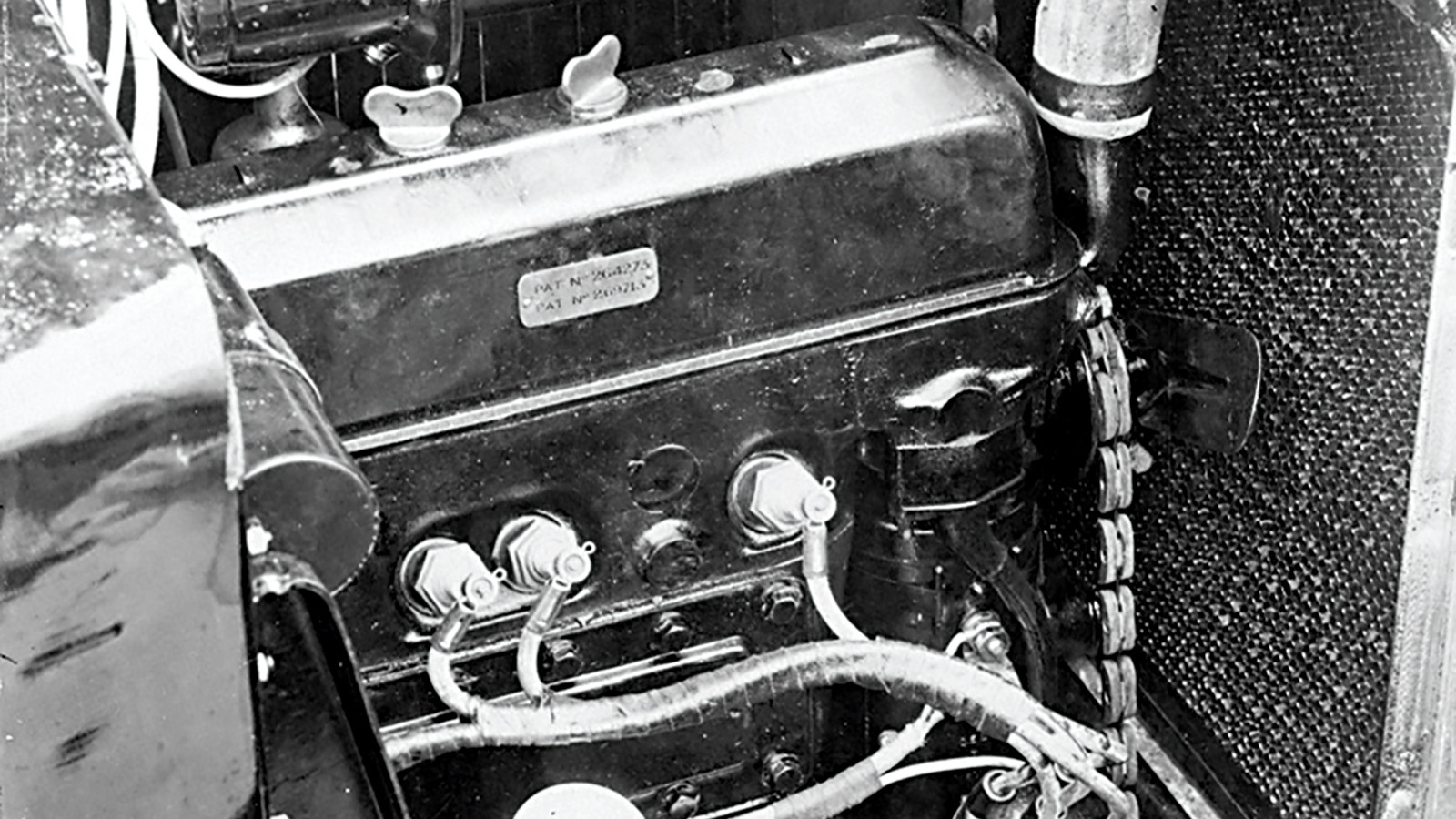 © Morris
© Morris -
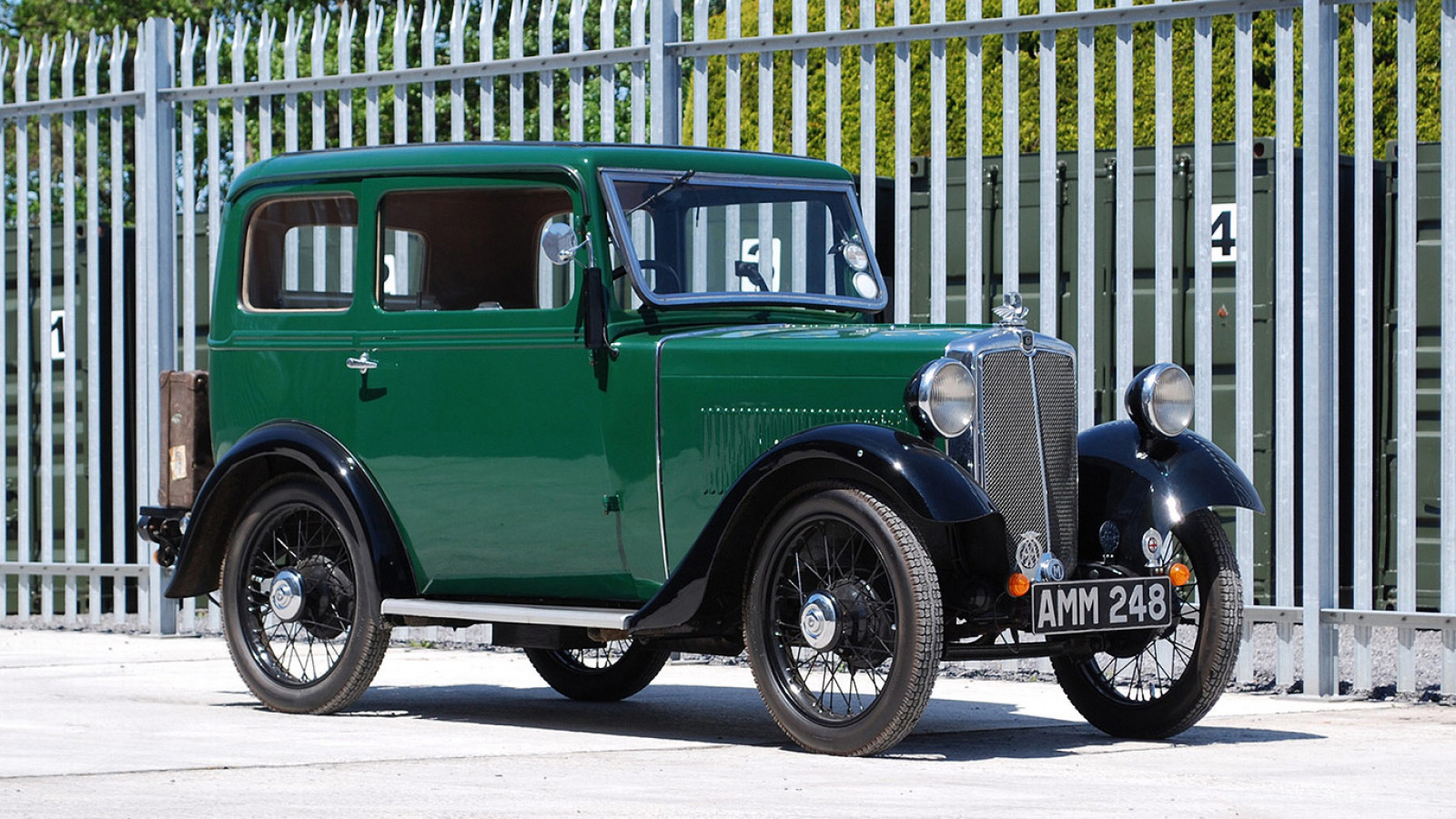 © Morris
© Morris -
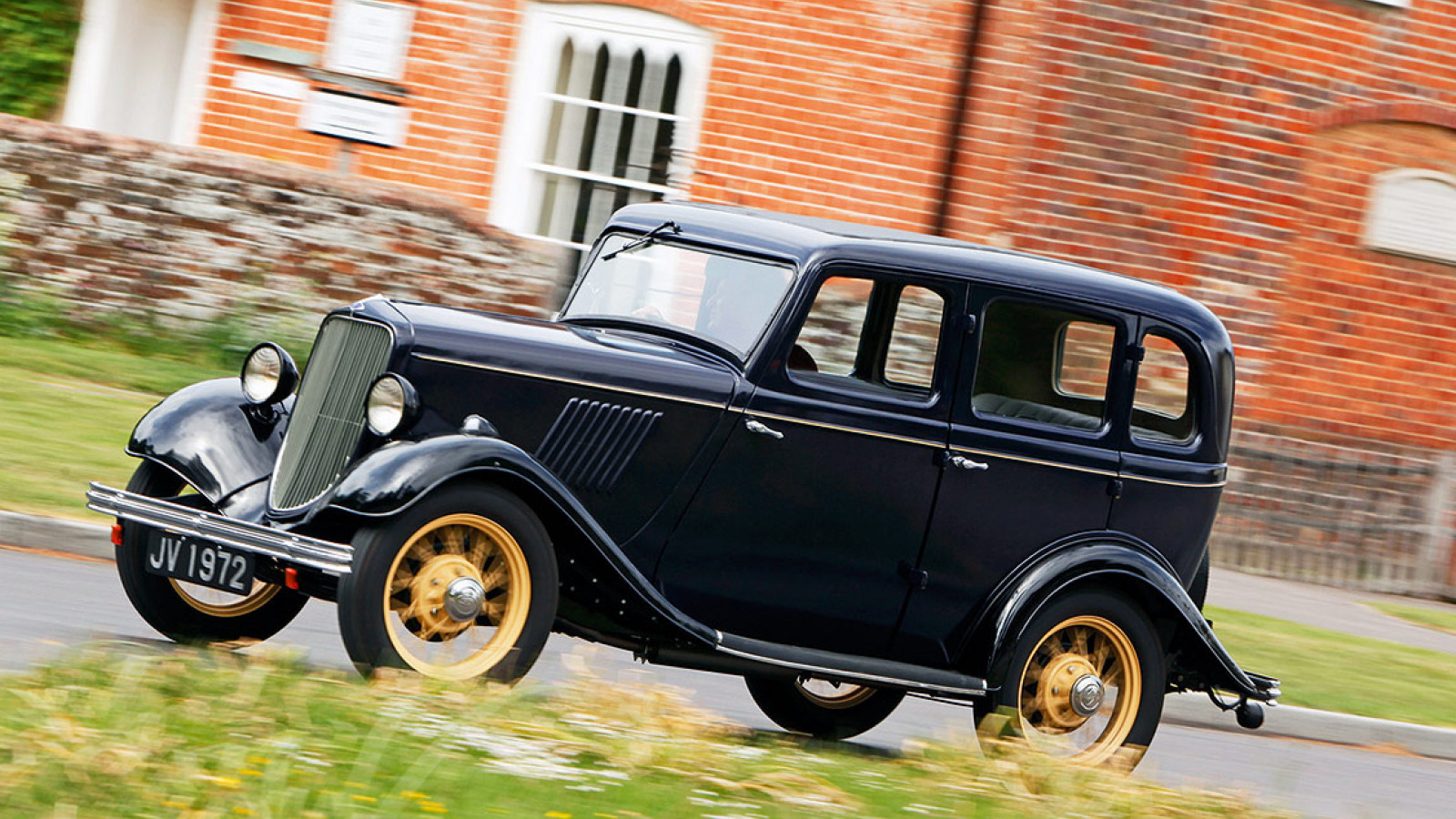 © Tony Baker/Classic & Sports Car
© Tony Baker/Classic & Sports Car -
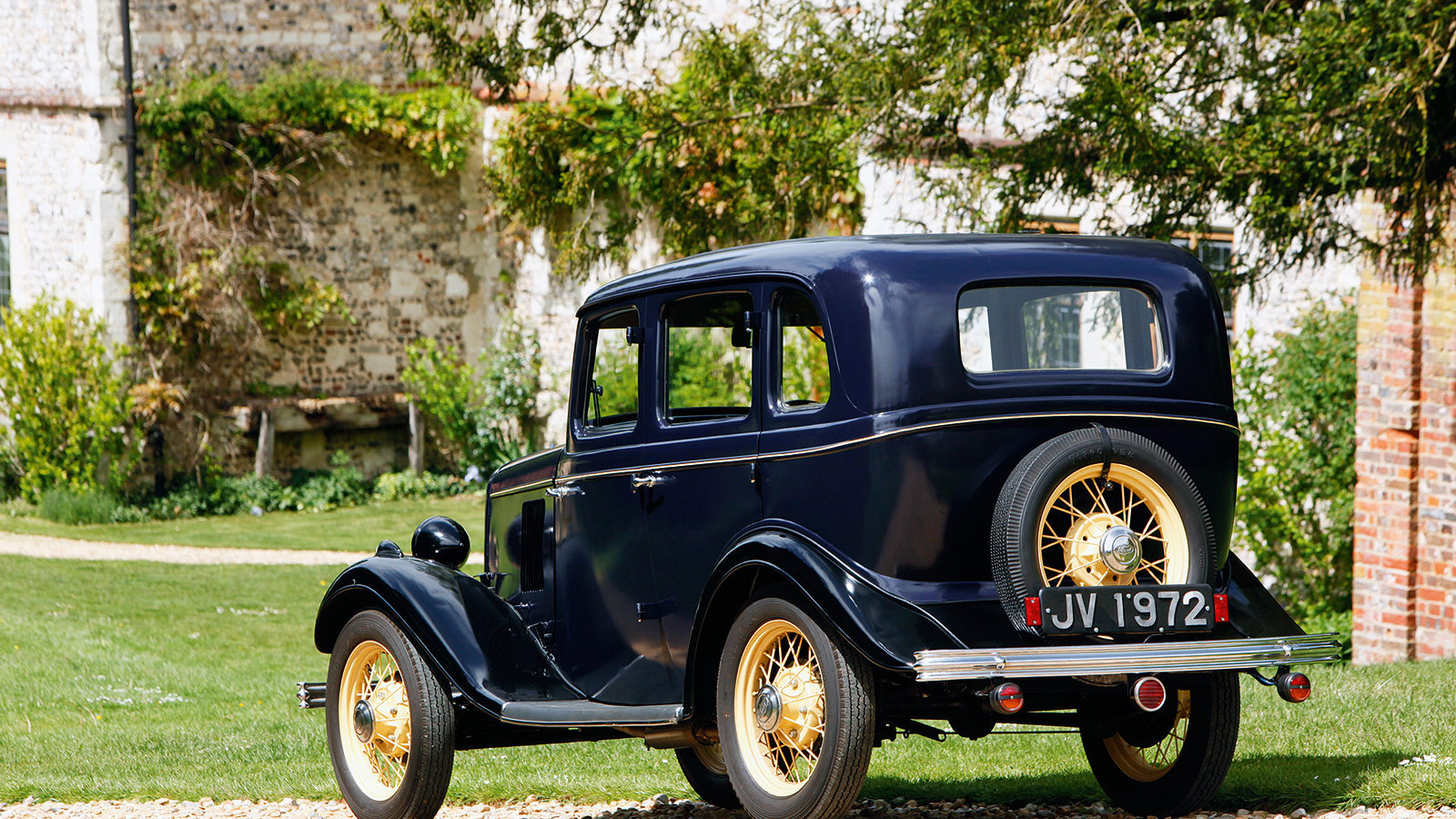 © Tony Baker/Classic & Sports Car
© Tony Baker/Classic & Sports Car -
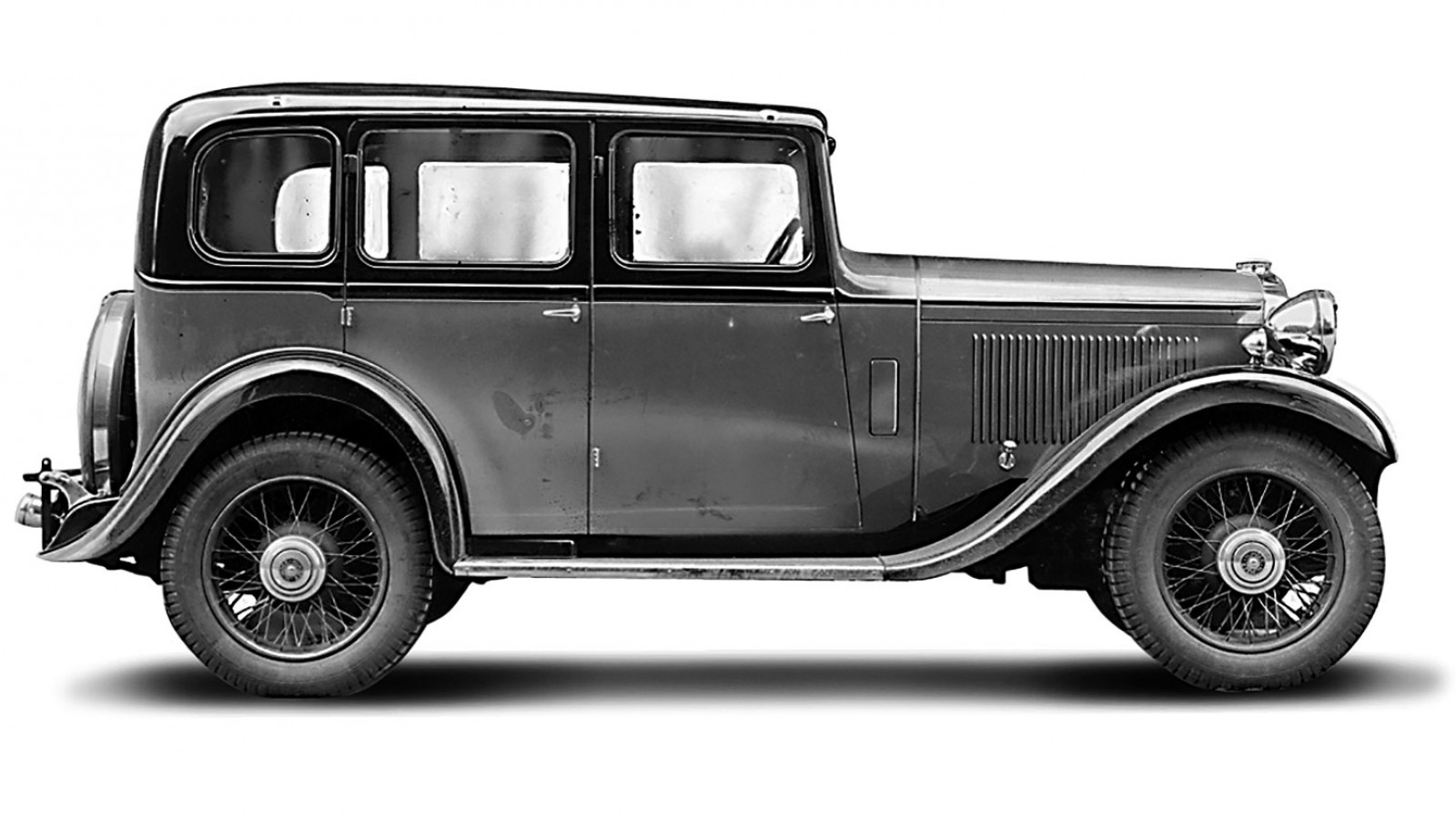 © Classic & Sports Car
© Classic & Sports Car -
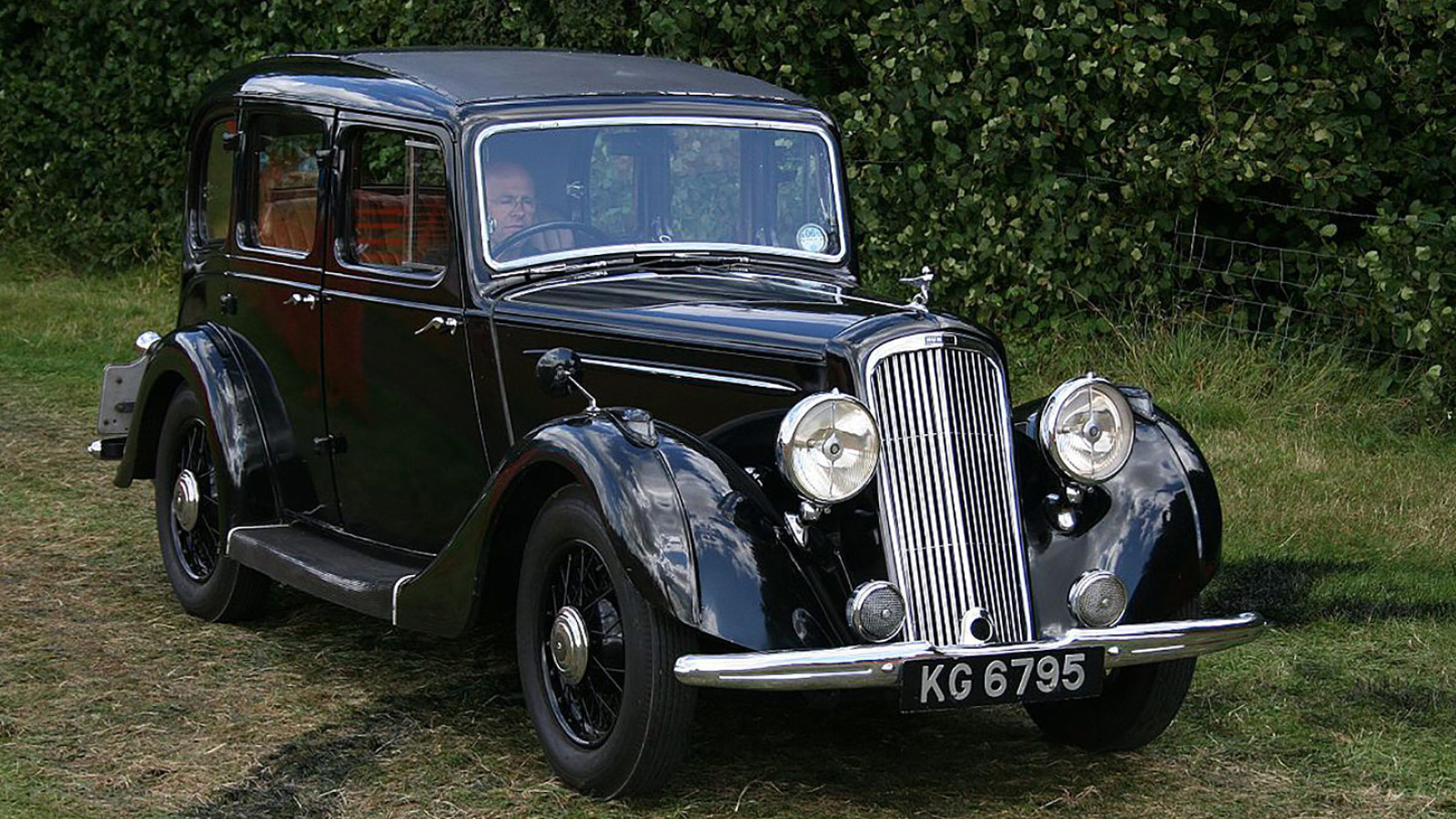 © davocano/Creative Commons
© davocano/Creative Commons -
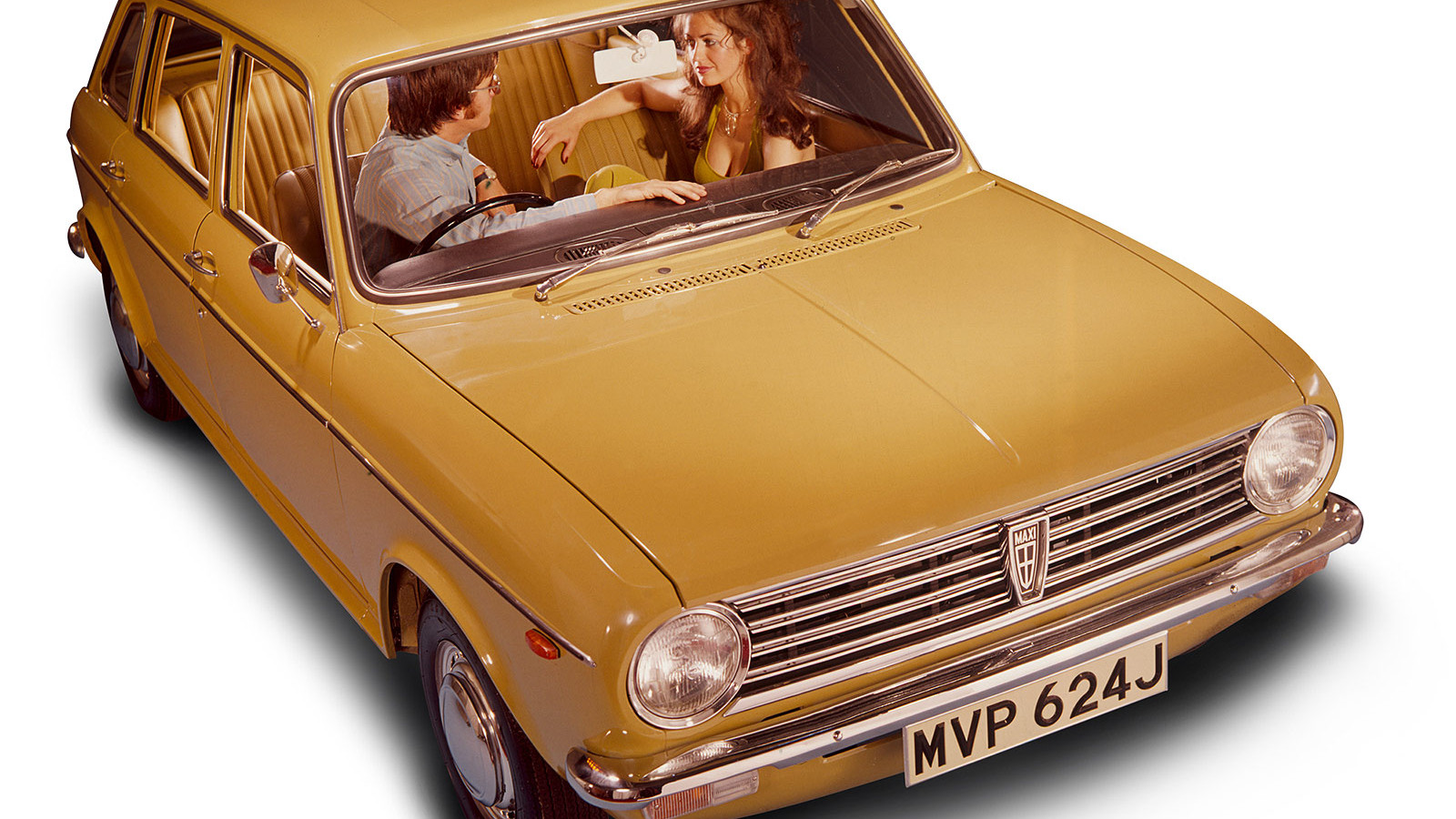 © Classic & Sports Car
© Classic & Sports Car -
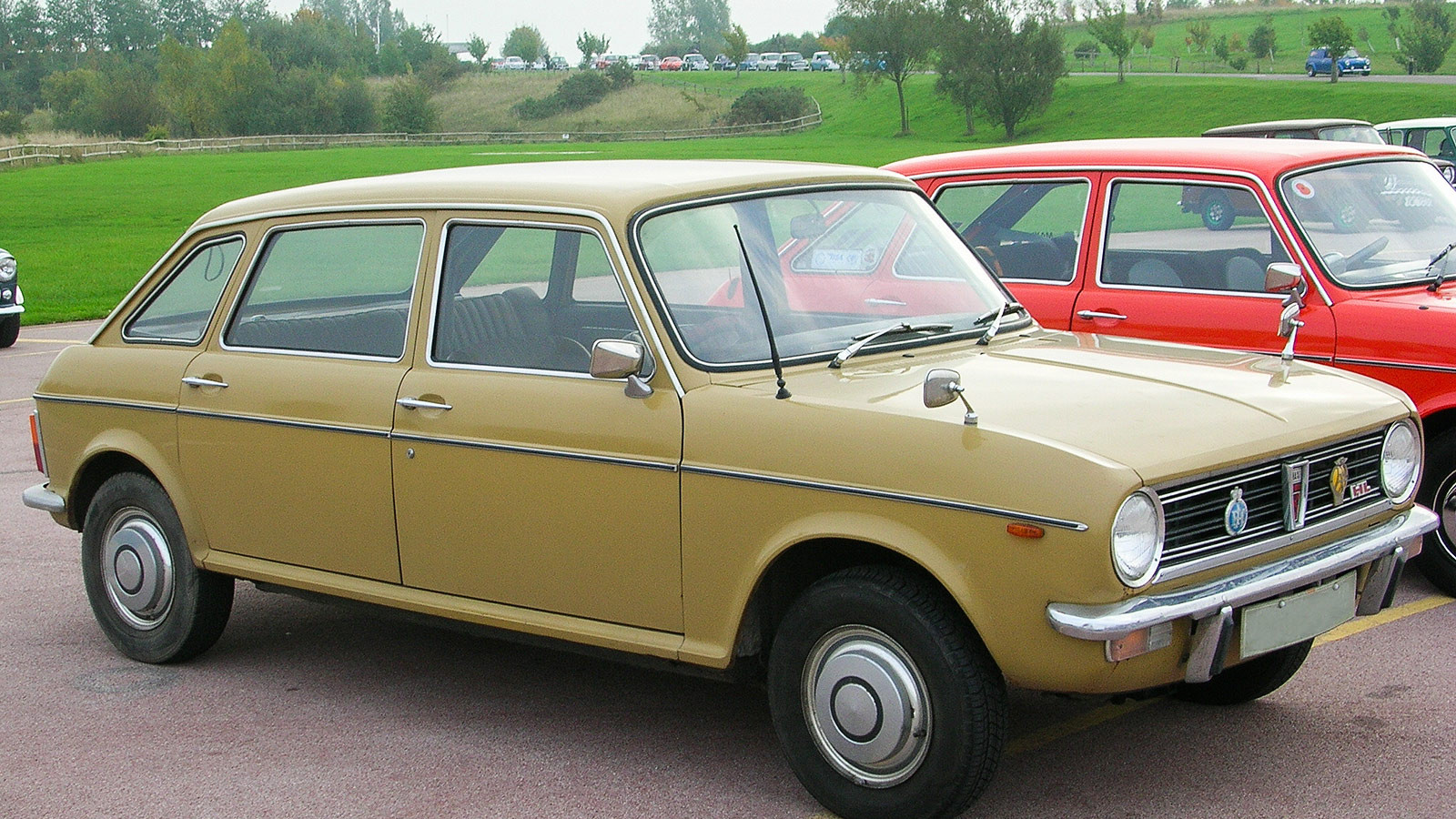 © DeFacto/Creative Commons
© DeFacto/Creative Commons -
 © DKW
© DKW -
 © DKW
© DKW -
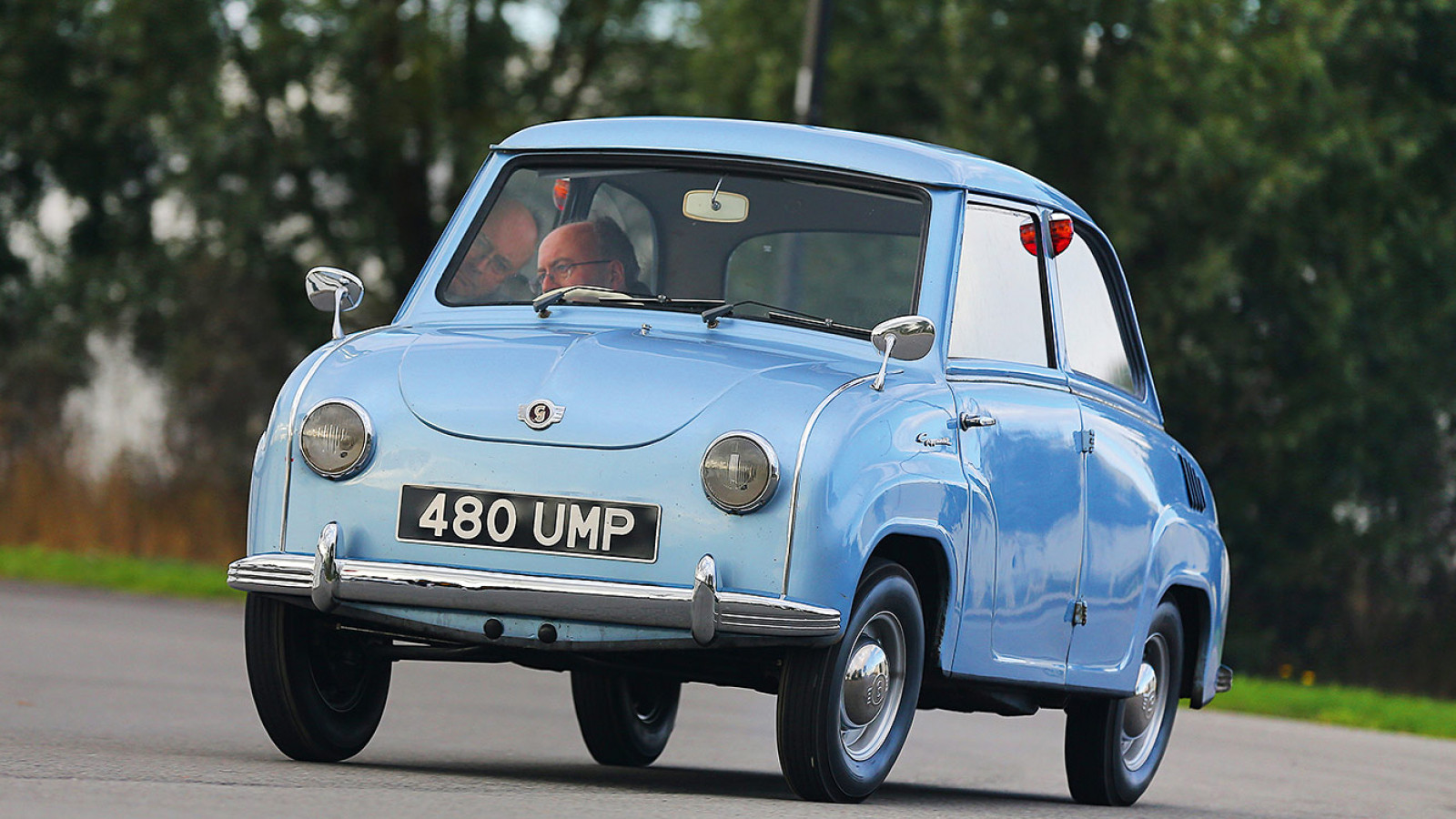 © Julian Mackie/Classic & Sports Car
© Julian Mackie/Classic & Sports Car -
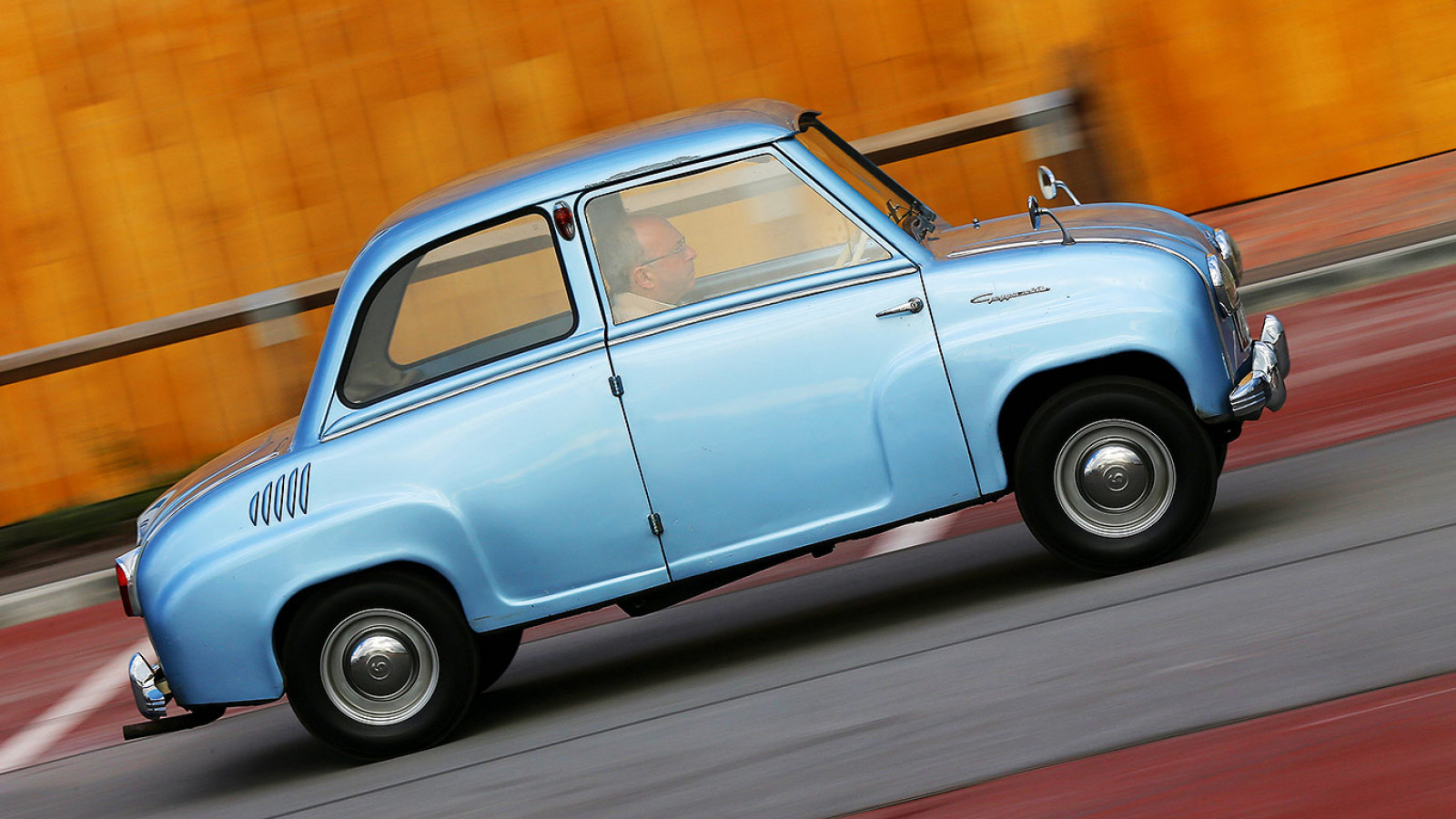 © Julian Mackie/Classic & Sports Car
© Julian Mackie/Classic & Sports Car -
 © Classic & Sports Car
© Classic & Sports Car -
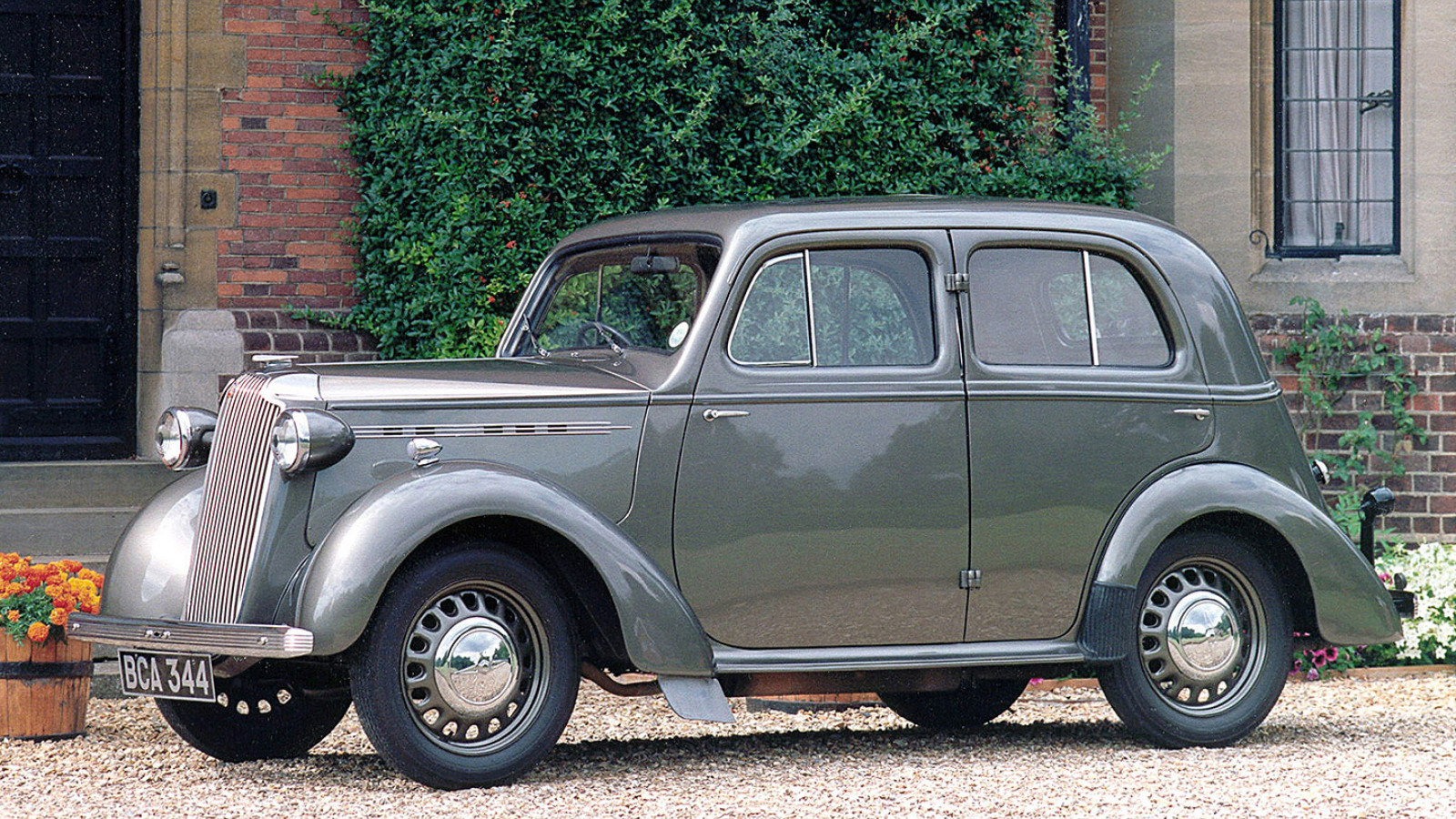 © Vauxhall
© Vauxhall -
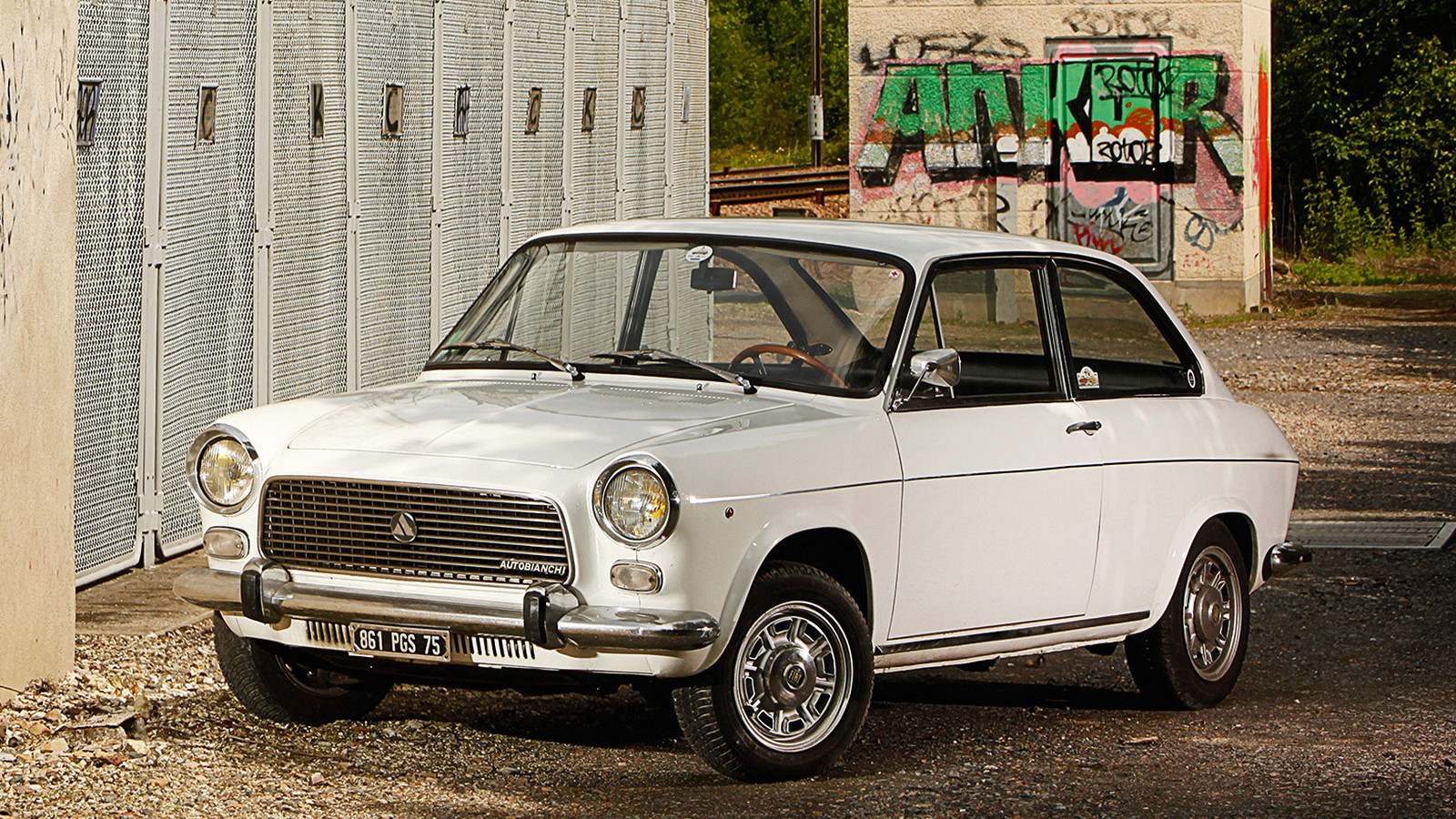 © Tony Baker/Classic & Sports Car
© Tony Baker/Classic & Sports Car -
 © Classic & Sports Car
© Classic & Sports Car
-
It’s always the quiet ones…
Model T Ford, Citroën Traction Avant, Volkswagen Beetle, Mini… Autobianchi Primula?
Yes, while some cars stand tall in the history of motoring, there are plenty of others that have played an important role without getting their due respect.
We've rounded up 10 lesser-known models that for one reason or another have helped to shape cars as they are today.
-
1. Simca Aronde
Look beyond the gruesome plastic interior and the lack of soul-stirring charisma and the Aronde was one heck of an important car.
Before its 1951 arrival, Simca was a low-profile French bridgehead for Fiat. The Fiat-derived Aronde, designed with substantial Italian input, changed all of that.
-
Simca Aronde (continued)
After some initial teething troubles – including bodies so leaky that irate owners likened the car to an aquarium – the Aronde profited from the waning appeal of Citroën’s Traction Avant to power itself up the French sales charts, aided by aggressive marketing.
By 1955 it was France’s second-best-selling car, not far behind the Renault 4CV, and Simca boss Henri-Théodore Pigozzi had gained the clout to buy Ford’s Poissy operation, including the V8 Vedette range. Thanks to the Aronde, Simca displaced Peugeot as France’s number three that year.
Given Chrysler’s later guardianship of Simca and the ill-starred Talbot venture after PSA took over the pentagon brand’s European operations, it would be nice if the Aronde’s place in history were more readily recognised.
-
2. Renault ¾CV prototype
The 1891 Panhard can claim credit for establishing the basic rear-wheel-drive layout of engine followed by clutch followed by gearbox. It was even referred to as the système Panhard.
But Louis Renault allied this to a direct-drive three-speed ’box taking drive via a propshaft to a differential-equipped sprung back axle.
-
Renault ¾CV prototype (cont.)
Seen on the first Renault of 1898, a tiny voiturette powered by a single-cylinder De Dion engine, this layout, patented by Renault, became known as ‘Hotchkiss drive’.
The Renault entered production in 1899 as the Type A (pictured), with an enlarged 270cc De Dion ‘single’ capable of propelling the frail little two-seater at 25mph.
-
3. Morris Minor ohc
Intended as the Morris riposte to the Austin Seven, the original Minor – introduced in 1928 – was not the success Cowley had hoped for.
One possible reason was its needlessly elaborate 847cc overhead-cam engine, whose vertical-shaft cam drive dropped oil into the dynamo; Morris eventually switched to a sidevalve motor.
-
Morris Minor ohc (cont.)
But the ‘cammy’ Minor formed the basis of the first MG Midget, the 1928-’32 M-type being little more than a re-bodied Minor.
Various four- and six-cylinder ohc MGs were spun off, establishing MG as the world’s leading specialist sports car maker.
Not only that, but the power units were used in MG’s record cars, developing up to 146bhp – a specific output substantially better than the Auto Union V16s. Without the Minor, would MG have survived?
-
4. Ford Model Y
Introduced in 1932, the 8hp Ford Model Y was technologically banal – sidevalve engine, rigid axles and transverse leaf springs front and rear, plus mechanical brakes.
Yet it saved Ford’s bacon in Britain, after the horsepower tax had seen off the Model T and A, and laid the foundations of a dynasty that had Dagenham breathing down the neck of Longbridge and Cowley by the end of the decade.
-
Ford Model Y (cont.)
It also inspired the Eight that pulled Morris out of its early-’30s mire. It was cloned by Singer, too, whose 9hp Bantam was another Y-crib.
Finally, without the Model Y and its successors, the specials and kit-car scene would have been very different. Where would the likes of Lotus, Ginetta, Rochdale et al have been without the Ford Eight/Ten parts bin to plunder?
-
5. Humber Twelve
There’s nothing at all special about the 1932-’37 Twelve, yet it has a strong historical importance as the car that was the cornerstone around which the Rootes empire was built.
It was also the first ‘Rootes’ Humber after the 1929 purchase of Hillman, Humber and Commer by brothers William and Reginald Rootes.
And while the Hillman Minx was the group’s breadwinner, the Humber Twelve’s 1669cc sidevalve engine was to last five decades.
-
Humber Twelve (cont.)
This dependable unit grew in size to 1944cc and then to 2267cc.
It later gained overhead valves, and saw service in everything from the Hillman Fourteen to the Sunbeam-Talbot 90, via the Humber Hawk and – finally – the Commer forward-control van, in which it ended its life in 1983.
-
6. Austin Maxi
The Maxi made history by making Alec Issigonis history. When Leyland effectively took over British Motor Holdings (BMC plus Jaguar), it wasn’t just that the coffers were empty. The new-model cupboard was bare, too – but for the Maxi, the last of BMC’s Issigonis-generation designs.
Among the new BL management there was already hostility towards Issigonis, whose expensive-to-make and unreliable front-drive models were held responsible – not without reason – for BMC’s penury.
When Lord Stokes’ team saw the production-ready Maxi it was horror-struck, and initiated a crash programme to make it less awful. But at the 1969 launch it was still unsatisfactory, and became notorious for its dreadful gearchange.
“I have never driven such a load of garbage in my life – and they’d had a year re-working it by that time,” recalled one senior BL man.
-
Austin Maxi (cont.)
The result was that Issigonis was sidelined, his adventurous 9X Mini replacement swept under the carpet – and not to be mentioned within earshot of new engineering supremo Harry Webster – and British Leyland instead focused on rushing the Marina into production.
Had the Maxi been a decent car, instead of a compromised lash-up, things might have been different.
-
7. DKW F1 / Sonderklasse / F102
The pioneering front-drive DKW was also the progenitor of four strands of design. The small two-cylinder DKWs, with their transverse two-strokes, were the basis of the East German Trabant, while the stillborn 1940 triple – made in the DDR as the IFA F9 – evolved into the Wartburg.
Meanwhile, the three-pot ‘Deek’ went into production in the Federal Republic of Germany in 1953, finishing as the DKW F102. Following the Merc acquisition of parent Auto Union, a four-stroke engine was fitted, but retaining the fore-and-aft disposition.
-
DKW F1 / Sonderklasse / F102 (cont.)
By the time the new model was ready, AU had been sold to VW and the car was launched as the ’65 Audi. Since then, Audi’s mid-range models have retained this layout.
When Swedish plane maker Saab branched out into cars, it aimed for the pre-war DKW market, giving its aero-look model front wheel-drive and a transverse two-stroke, the prototype using a DKW drivetrain.
So you could say that without the DKW there wouldn’t have been a Saab.
-
8. Goggomobil
Of the various small cars that survived in Germany under the shadow of the Beetle, the most durable was the Goggomobil, current from 1955 to ’69. Arguably, too, it lasted as long as it did because it was a lot better than the average crummy microcar.
More significantly, the car was the target for Issigonis, his notebooks carrying comparisons of dimensions and weights for his XC 9003 prototypes against those of the Goggo.
-
Goggomobil (cont.)
While no area of the Mini was directly influenced by the Goggomobil, over at Rootes its effect was more clearly discernible.
When starting out on what became the Imp, engineers Tim Fry and Mike Parkes envisaged a vehicle of the Goggomobil type: rear-engined and twin-cylindered. They also borrowed its swing-axle set-up – but the Imp as it emerged in 1963 only had swing axles at the front.
Even Colin Chapman may have drawn inspiration from the car: it has been suggested that the ‘Chapman Strut’ first used on the Lotus 12 F2 car was prompted by his examination of the rear suspension of a fellow racer’s Goggomobil.
-
9. Vauxhall Ten H-Type
The idea of a Vauxhall being advanced seems vaguely risible, but the 1937 H-type was just that.
Arguably Britain’s first modern motor car, it had a unitary construction, independent front suspension, hydraulic brakes, and a pushrod engine tuned for economy.
OK, so the less stylish Morris Ten Series M also had all of these features but for the independent front, but that arrived a year later.
-
Vauxhall Ten H-Type (cont.)
As a result, we’re inclined to forgive the ‘H’ its three-speed gearbox – though owners might have been less indulgent of the car’s tendency to break the short torsion bars of the unusual Dubonnet leading-arm set-up.
When production ended in 1948, 86,292 Hs had been made and Vauxhall was firmly on the map as one of Britain’s ‘Big Six’ car makers.
-
10. Autobianchi Primula
It’s not stretching a point too much to say that today’s cars owe their existence to this Fiat-designed and now largely forgotten 1960s saloon.
The Mini may well have pioneered front-wheel-drive in conjunction with a space-saving transverse engine, but its use of a gearbox-in-sump arrangement, while revolutionary, hasn’t stood the test of time.
Top Fiat engineer Dante Giacosa was profoundly impressed by the Mini, but had qualms about how putting the transmission in the sump prevented its assembly and testing as a separate unit. Yet if the gearbox were mounted on the end of the engine, the resultant powerpack would be too wide for a small car.
-
10. Autobianchi Primula (cont.)
The problem was eventually solved by one of Giacosa’s engineers. The size of the already small gearbox assembly was reduced by devising a more compact clutch arrangement whereby hydraulic actuation was achieved using a slave cylinder integral with the input shaft, which had a concentric actuating rod inside – doing away with the clutch actuating lever and the thrust bearing.
Simple, eh?
From this arrangement sprang the Fiat 127 and 128, and the simple and cheap-to-build Giacosa format of end-on gearbox is now universal on front-drive, transverse-engined cars.
